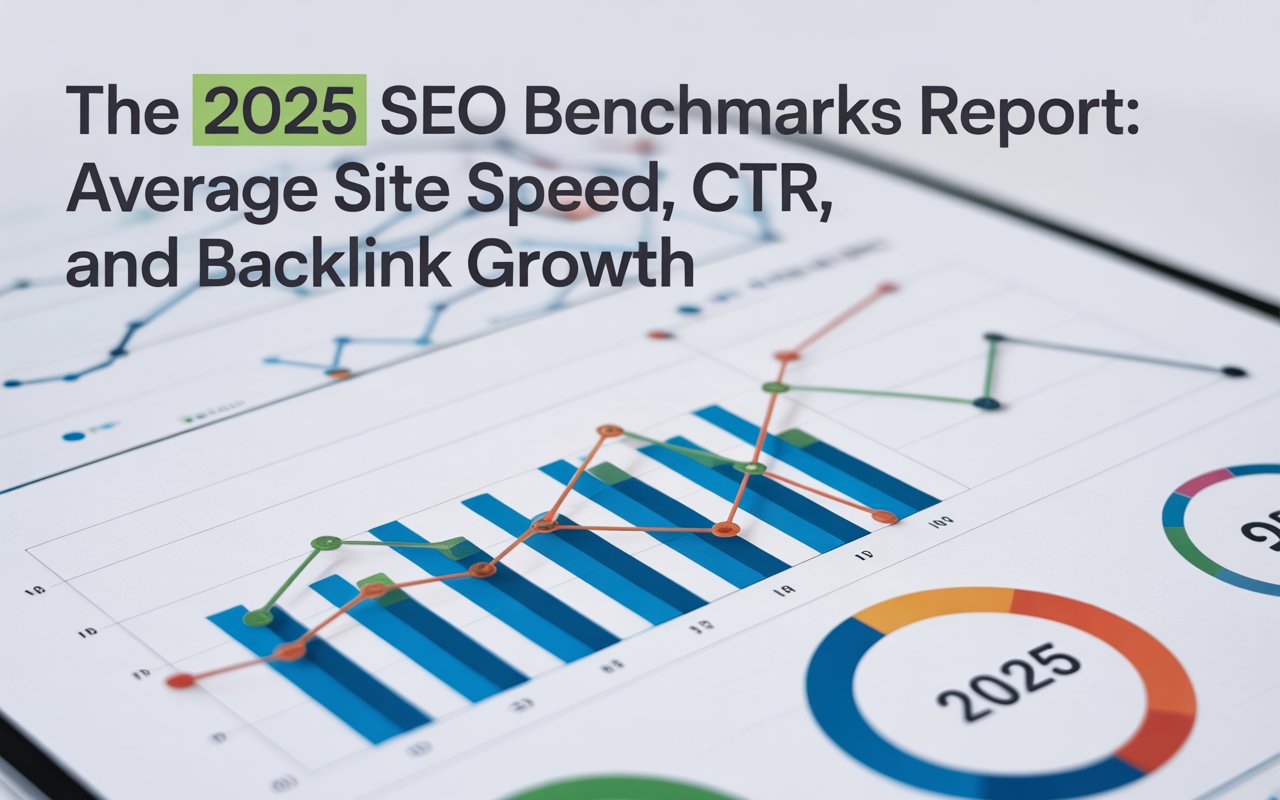
Let’s unveil the answer to the question ”What are inlinks aka internal links?” to enhance user experience, improve SEO, and ultimately, help your website thrive!
What is Internal Linking in SEO?
Internal links are hyperlinks that connect users and search engines to different pages within the same website. They're essentially the opposite of external links, which take you to entirely different websites.
Internal links, or the shortened way, inlinks are like a website's roadmap, guiding users and search engines to relevant and informative content.

They can be found in various places, including navigation menus (the main navigation bar at the top or side of your screen, typically containing links to core sections of the website) and content (links embedded within the text itself, directing users to related articles or pages that provide more details on a specific topic).
Here are the various types of internal links:
🔗 Contextual Links: These are the links inserted within your content. They link to related content on your site, providing your readers with even more value.

🔗 Navigational Links: These links guide visitors through a website. They're essential for providing a good user experience and helping visitors find the content they're looking for quickly.

Why are Internal Links Important for SEO?
Internal linking is a practice that connects one page of a website to a different page on the same site. It’s a way for users to navigate between different sections of content on a website.
Essential for SEO, internal links can:
🔥 Enhance the User Experience: Internal links provide your audience with further reading options, which can be crucial in pushing users further down the sales funnel or increasing the time they spend on your website.
🔥 Aid in Website Navigation: Internal links help users navigate your website - leading them from general content to more specific information they are interested in. This approach is beneficial for both your users and SEO efforts.
🔥 Help Page Authority: Internal links from high-authority pages can pass authority to pages with less reach, helping these lower-ranking pages to rank better.
🔥 Enable Search Engine Bots: Internal links help search engine robots discover new pages to be indexed. This makes it easier for search engines to find and rank your content, potentially leading to higher visibility and more organic traffic.
7 Best Practices for Effective Internal Linking
Search engines like Google use internal links to understand a website's structure and the importance of individual pages. Strategic internal linking can improve a website's ranking in search results.
Here are some best practices to follow for internal linking:
1) Use Descriptive Anchor Texts
The anchor text is the clickable text in a hyperlink.
Descriptive and relevant anchor text is like a clear signpost. It helps search engines grasp the content of the linked page and its connection to the current page. This, in turn, can improve the ranking of the linked page.
It’s vital to include keywords in your anchor texts. For instance, a page on "baking a cake" linking to a page on "cake decorations" with the anchor text "cake decorations" tells search engines exactly what the linked page is about. It clarifies that it delves deeper into a specific aspect of baking cakes.
However, vague or irrelevant anchor text acts like a misleading sign. Using generic phrases like "click here" or "learn more" offers no clues about the linked content. Search engines struggle to understand its relevance, potentially hindering the linked page's ranking.
In essence, descriptive and relevant anchor text improves the visibility of linked pages within search results, making it easier for users to discover relevant information on your website.
So, craft an anchor text that clearly reflects the content of the linked page and aligns with the context of the current page.
2) Ensure Links are Relevant
When crafting internal links, relevance is key. Linking to relevant content helps search engines grasp the bigger picture of your website.
Think of it like building a web – each page connects to its most closely related neighbor. This structure helps search engines understand the context of each linked page and how it fits within the website's overall theme.
A link should take the user to a page that adds value to their current reading or search query. Only create internal links which are contextually relevant. This not only benefits search engines but also enhances user experience. Users can easily navigate and discover relevant content that deepens their understanding of the topic at hand.
3) Structure Your Website with a Clear Hierarchy
A logical and consistent hierarchy ensures that users and search engines can easily find what they're looking for.
By using a logical and consistent hierarchy, you're essentially creating a map for search engines. This helps them understand the importance of each page and how they all connect. It allows search engines to grasp the website's overall structure and the relationships between individual pages.
This translates to better crawlability – search engines can efficiently navigate and index all your website's content. Ultimately, a logical and consistent hierarchy benefits both search engines and users, improving your website's SEO and user experience.
🔎 Read our blog post: How Often Does Google Crawl a Site? -Factors & Ways to Learn
4) Use Follow and Nofollow Links

A strategic approach that utilizes both follow and nofollow links is key.
Follow links act like votes of confidence, passing on link equity to the linked page. This can improve the ranking of the linked page in search results. Nofollow links, on the other hand, don't directly pass link equity. However, they still play a valuable role in website structure.
The key is finding the right balance. Using a mix of follow and nofollow links helps distribute link equity more naturally throughout your website, mimicking the way websites link to each other organically. This can improve the overall health of your website's SEO.
5) Link Deep But Don't Overdo It
Links should ideally point to deep-level pages and not just your homepage or contact us page.
Deep linking connects to pages buried within your sitemap, which could otherwise be difficult for search engines and users to discover.
While internal links are undoubtedly valuable, too many links can hamper user experience and may appear as spam to both users and search engines.
Ensure an optimal number of internal links, preventing overstuffing yet securing the SEO benefits.
6) Use SEOmator’s Free Internal Link Checker Tool
SEOmator’s Free Internal Link Checker Tool acts like a digital map, crawling through all your website's pages and sections.
It meticulously analyzes internal links, providing a comprehensive report on their type, anchor text, and even the crucial follow/nofollow distinction.
With this tool you can easily uncover your link hierarchy. Simply enter a website and click ‘Submit’.

7) Keep Updating
Revisit and update your internal links regularly.
As you add more content to your website over time, new internal linking opportunities present themselves. Also while regularly monitoring and updating, you can identify broken links and fix them.
🔎 Read our blog post: How to Find & Fix Broken Links in Google Search Console
Wrapping Up
Internal links are hyperlinks that connect different pages on the same website. They are essentially the glue that holds your website together.
Internal links create a user-friendly experience, send positive signals to search engines, and ultimately contribute to a stronger overall website presence.
Internal linking is crucial for SEO because it provides improved user experience. By making it easier for users to find what they're looking for, internal links enhance the overall browsing experience.
By following the methods in our guide, you can successfully set up an internal linking structure and boost your rankings!
🔎 Related Articles:
- How to Find the Sitemap of a Website [8 Ways]
- Quick Ways to Find Who Links to Your Site or Any Site
- What is Link Popularity? - The Role of Link Popularity in SEO





